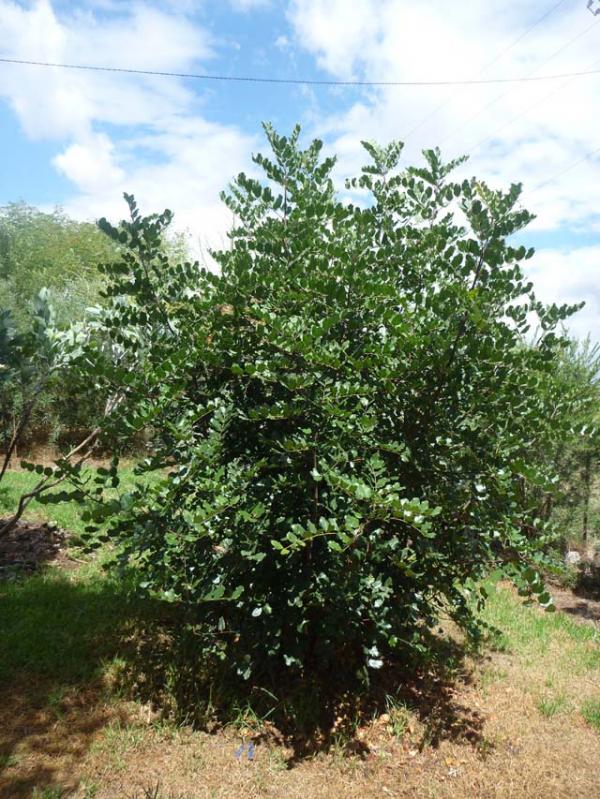Array
(
[0] => Array
(
[id] => 489
[is_published] => 1
[websiteID] => 5
[url] => /articles/bio-swimming-pools.php
[page_status] => Published
[number_of_ads] => 3
[can_use_editor] => 1
[last_modified_date] => 2013-09-10 00:00:00
[last_modified_by] => Alan
[checked_for_duplicate_content] =>
[title] => Bio Pools or Natural Swimming Pools
[heading] => Bio Pools
[meta_description] => Bio pools or Natural Swimmming Pools are an attractive & environmentally-friendly alternative to traditional swimming pools.
[article_category_1] => Landscaping
[article_category_2] =>
[article_category_3] =>
[article_category_4] =>
[article_category_5] =>
[business_category_1] => Landscaper
[business_category_2] => Nursery
[business_category_3] => Garden Designer
[business_category_4] => Landscape Architect
[business_category_5] => Builder
[number_of_google_mrecs] =>
[show_google_ad_bottom_of_page] =>
[show_get_quotes_top_of_page] =>
[show_get_quotes_rhs_of_page] =>
[show_directory_search_widget] =>
[show_trending_content_widget] => 0
[show_facebook_widget] =>
[show_further_reading_section] => 1
[show_sponsors_section] => 0
[show_top_article_ad] => 1
)
[1] => Array
(
[id] => 410
[is_published] => 1
[websiteID] => 5
[url] => /articles/external-privacy-screens.php
[page_status] => Published
[number_of_ads] => 2
[can_use_editor] => 1
[last_modified_date] => 2013-09-10 00:00:00
[last_modified_by] => Alan
[checked_for_duplicate_content] =>
[title] => External privacy screens
[heading] => External privacy screens
[meta_description] => External privacy screens began to appear in Australian residential and commercial building during the 1950's and 1960's, as a direct result of high density living and higher incomes. For more information and some examples read this article.
[article_category_1] => Landscaping
[article_category_2] =>
[article_category_3] =>
[article_category_4] =>
[article_category_5] =>
[business_category_1] => Landscaper
[business_category_2] => Nursery
[business_category_3] => Garden Designer
[business_category_4] => Landscape Architect
[business_category_5] =>
[number_of_google_mrecs] => 1
[show_google_ad_bottom_of_page] => 1
[show_get_quotes_top_of_page] => 1
[show_get_quotes_rhs_of_page] => 1
[show_directory_search_widget] => 1
[show_trending_content_widget] => 1
[show_facebook_widget] => 1
[show_further_reading_section] => 1
[show_sponsors_section] => 1
[show_top_article_ad] => 1
)
[2] => Array
(
[id] => 287
[is_published] => 1
[websiteID] => 5
[url] => /gardening/winter-flowering-plants-for-the-garden.php
[page_status] => Published
[number_of_ads] => 5
[can_use_editor] => 1
[last_modified_date] => 2013-09-16 00:00:00
[last_modified_by] => Alan
[checked_for_duplicate_content] =>
[title] => Winter Flowering Plants for the Garden
[heading] => Winter Flowering Plants for the Garden
[meta_description] => No Australian garden need be free of flowers in winter. Read this article to learn about some great winter flowering plants.
[article_category_1] => Gardening
[article_category_2] =>
[article_category_3] =>
[article_category_4] =>
[article_category_5] =>
[business_category_1] => Landscaper
[business_category_2] => Nursery
[business_category_3] => Garden Designer
[business_category_4] => Landscape Architect
[business_category_5] =>
[number_of_google_mrecs] =>
[show_google_ad_bottom_of_page] =>
[show_get_quotes_top_of_page] =>
[show_get_quotes_rhs_of_page] =>
[show_directory_search_widget] =>
[show_trending_content_widget] =>
[show_facebook_widget] =>
[show_further_reading_section] => 1
[show_sponsors_section] => 0
[show_top_article_ad] => 1
)
[3] => Array
(
[id] => 200
[is_published] => 1
[websiteID] => 5
[url] => /gardening/native-annuals-and-perennials.php
[page_status] => Published
[number_of_ads] => 5
[can_use_editor] => 1
[last_modified_date] => 2013-09-16 00:00:00
[last_modified_by] => Alan
[checked_for_duplicate_content] =>
[title] => Native Annuals and Perennials
[heading] => Native Annuals and Perennials
[meta_description] => Australian annual and perennial plants can be used to create excitement in your garden as they are quick growing, usually very floriferous and because they are relatively temporary they can be replaced on a regular basis to add something new each year.
[article_category_1] => Gardening
[article_category_2] =>
[article_category_3] =>
[article_category_4] =>
[article_category_5] =>
[business_category_1] => Landscaper
[business_category_2] => Nursery
[business_category_3] => Garden Designer
[business_category_4] => Landscape Architect
[business_category_5] =>
[number_of_google_mrecs] =>
[show_google_ad_bottom_of_page] =>
[show_get_quotes_top_of_page] =>
[show_get_quotes_rhs_of_page] =>
[show_directory_search_widget] =>
[show_trending_content_widget] =>
[show_facebook_widget] =>
[show_further_reading_section] => 1
[show_sponsors_section] => 0
[show_top_article_ad] => 1
)
)
Helpful articles
Bio Pools. Bio pools or Natural Swimmming Pools are an attractive & environmentally-friendly alternative to traditional swimming pools.
External privacy screens. External privacy screens began to appear in Australian residential and commercial building during the 1950's and 1960's, as a direct result of high density living and higher incomes. For more information and some examples read this article.
Winter Flowering Plants for the Garden. No Australian garden need be free of flowers in winter. Read this article to learn about some great winter flowering plants.
Native Annuals and Perennials. Australian annual and perennial plants can be used to create excitement in your garden as they are quick growing, usually very floriferous and because they are relatively temporary they can be replaced on a regular basis to add something new each year.
Plant description
Carob is a large, evergreen tree, cultivated for its edible pods that can be used as a chocolate substitute, ground to powder or eaten fresh or dried. It grows to around fifteen metres tall, with a lovely spreading crown, making it a good shady tree for large gardens, farms and parks when it is mature. As it grows to maturity, it is good for a taller growing hedge.
Carob is a drought tolerant plant with few pests and diseases. It is frost and humidity tolerant. They grow best in a well drained loam, and dislike waterlogged conditions. Best in warm temperate, subtropical and Mediterranean climates. The tree doesn't like waterlogged soils, but will tolerate some saltiness.
Additional plant information
Flowers
Flower colour: not specified
Flowering season: autumn
Plant size
Maximum height: 11 metres
Minimum height: not specified
Maximum width: 10 metres
Minimum width: not specified
Sunlight, frost & salt tolerance
This plant will tolerate full sunlight.
High frost tolerance.
Plant is salt tolerant.
Fauna attracting?
Not specified.
Climate
This plant species will grow in the following climates: cool, temperate, subtropical, tropical.
Soil types & conditions
Loam: moist, well-drained.
Clay: well-drained.
Sand: moist.
Soil pH: 6.0-8.0
Miscellaneous information
Planting season: not specified.
Types of fertiliser: not specified.
Find a nursery
Search for another plant

